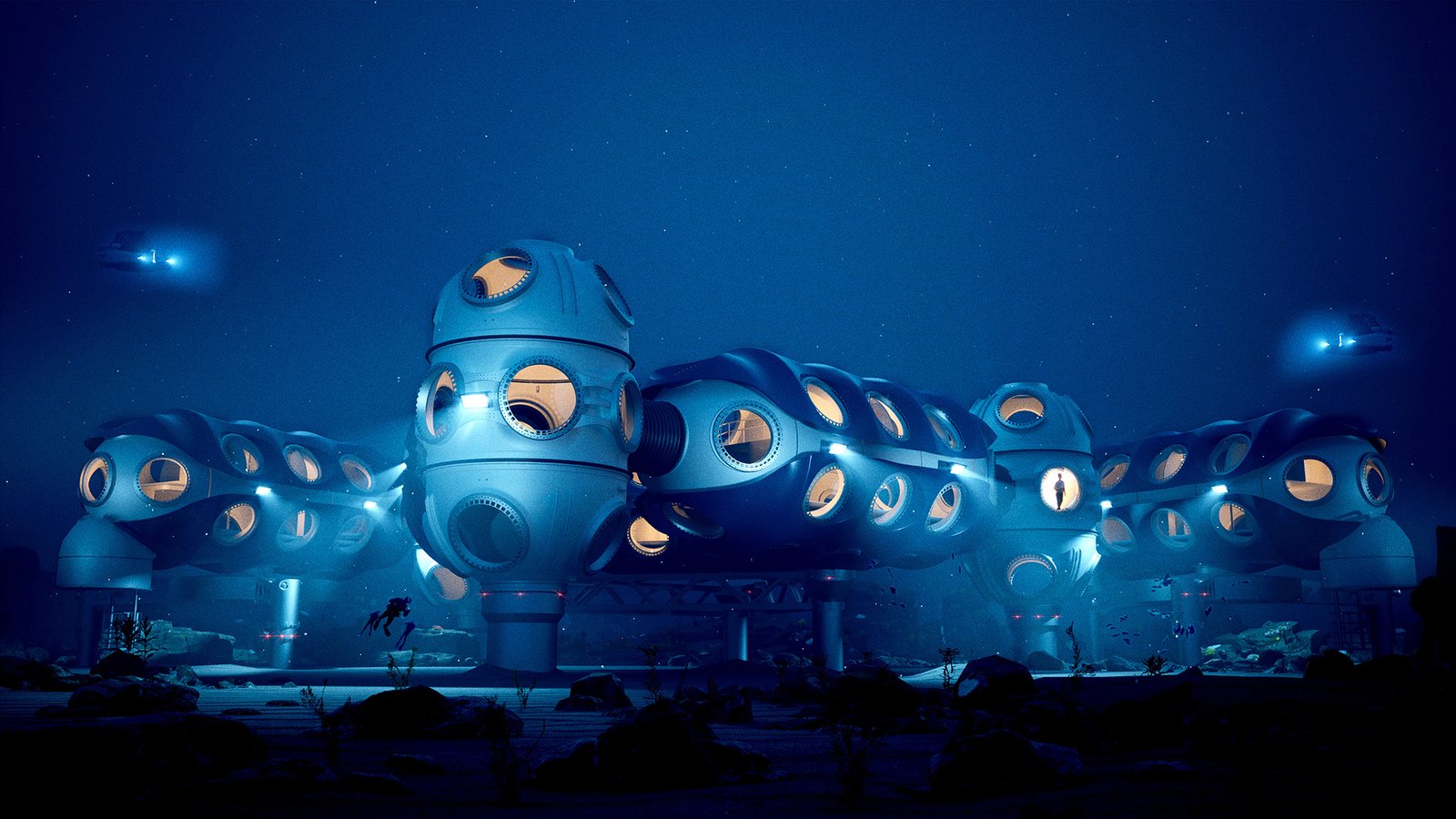For centuries, humanity has had a fascination with exploring the deep seas, with visions of submarines and diving bells dating back to the 16th century. Recent advancements in submarine technology have allowed for extended stays underwater, with some explorers spending weeks below the surface. One British company called “Deep” is now taking this interest to the next level by working towards creating a “permanent human settlement” under the sea, as reported by The Guardian.
Deep’s plan involves designing house-sized submersibles called “sentinels” that could potentially house residents at a depth of 80 meters below the ocean’s surface. These mobile research stations are equipped with bedrooms, communal areas, and essential facilities like kitchens and bathrooms. The goal is to provide scientists and researchers with prolonged access to unexplored areas of the deep sea and attract underwater deep-sea tourists.
What will the underwater homes look like?
Deep’s sentinel units are designed to allow occupants to live comfortably underwater for extended periods. These units are currently being tested at Deep’s facility in Gloucestershire and feature recreation areas, bedrooms, kitchens, and bathrooms with running water. The steel construction of the facilities can withstand pressures of up to 200 meters below the surface, with plans to initially place them at a depth of 80 meters before going deeper.
The main objective of the project is to facilitate scientific research and ocean exploration by enabling researchers to have a sustained presence in the ocean for detailed studies. The recreational areas on the sentinels can double as underwater laboratories. While Deep is currently preparing participants for 28-day stays underwater, the long-term vision is to establish permanent human settlements across all oceans.
Living underwater requires psychological adjustments, with deep-sea divers using a mix of helium and oxygen to avoid nitrogen narcosis. The principle of saturation allows divers to stay at the bottom for extended periods once equilibrium is reached. While the longest continuous stay underwater is 100 days, the physiological effects of long-term deep-sea habitation remain unknown.
How human could survive underwater
As private companies and nations explore the possibilities of creating habitats in challenging environments, Deep’s ambitious project to establish underwater settlements represents a unique venture into uncharted territory.
